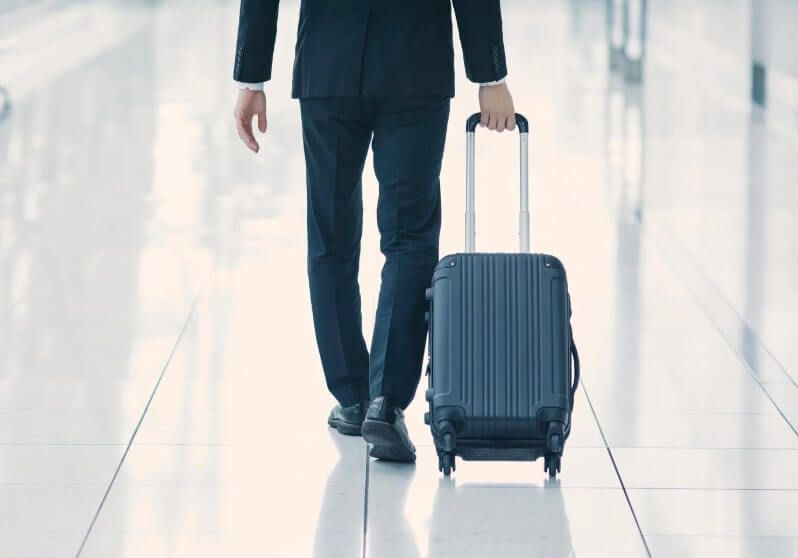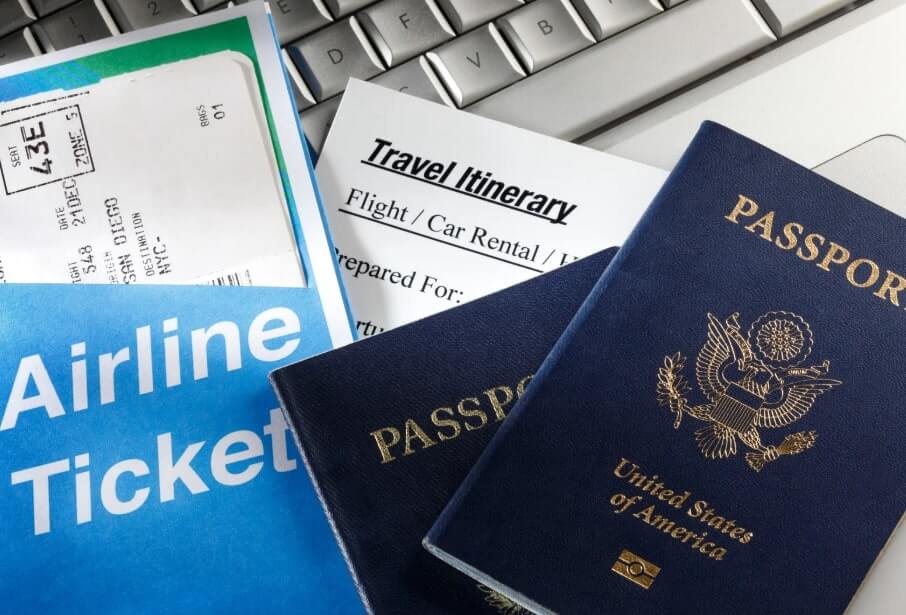
Quick Overview
Business travel helps companies grow, but it also brings serious risks. The biggest threats aren’t lost bags or delays, they’re personal safety incidents and health emergencies that can quickly escalate abroad.
This blog will walk you through:
✅ Medical emergencies such as sudden illness, accidents, or limited healthcare access
✅ Security risks including theft, assault, political unrest, or kidnapping
✅ Natural disasters like hurricanes, earthquakes, or floods disrupting safety and plans
✅ Transport accidents caused by unsafe roads, poor infrastructure, or local airlines
✅ Health crises from pandemics or infectious diseases leading to border closures and delays
Business travel is an essential part of modern commerce. Whether it’s negotiating deals abroad, attending international conferences, or expanding into new markets, travel often plays a vital role in growing a business. However, business travel is not without risks—and understanding those risks is crucial to safeguarding both your employees and your company.
Among the many challenges faced by business travellers, personal safety and health emergencies stand out as the biggest risks. Companies that fail to adequately prepare for these risks expose themselves to serious legal, financial, and reputational consequences.
In this blog, we’ll explore why personal safety and health risks are the most significant concerns for business travellers, what threats they involve, and how businesses can protect their travelling employees effectively.
The Biggest Risk: Personal Safety and Health Emergencies
While flight delays, lost luggage, and hotel cancellations are inconveniences, personal safety incidents and health emergencies pose much greater threats to business travellers.
These risks encompass a wide range of issues, including:
- Serious medical emergencies (heart attacks, accidents, infectious diseases)
- Political unrest and civil disturbances
- Natural disasters (earthquakes, hurricanes, floods)
- Violent crime, kidnapping, or theft
- Terrorist attacks
- Transportation accidents
When employees are far from home, often in unfamiliar territories, their ability to respond quickly to emergencies is severely limited—especially if language barriers, cultural differences, or inadequate healthcare infrastructure exist.
Key Point:
Without proper preparation, even a minor incident can escalate into a major crisis for the traveller and a significant liability for the business.
Why This Risk Matters for Businesses
Employers have a legal duty of care to ensure the safety and well-being of employees travelling for work. If something goes wrong and it’s found that the employer failed to provide adequate support or protection, they may face:
- Lawsuits and compensation claims
- Damage to company reputation
- Increased insurance costs
- Loss of employee trust and morale
Beyond legal obligations, businesses should view traveller protection as a critical investment in their people—valuing their employees’ health and safety as much as their contributions to business success.

Common Personal Safety and Health Risks Explained
🏥 Medical Emergencies Abroad
Sudden illness, injury, or medical conditions such as food poisoning, road accidents, or infections can be life-threatening if immediate and quality healthcare is not accessible.
Without the right insurance coverage or evacuation support, the costs can be enormous—and finding the right medical care in an emergency can be incredibly stressful for the employee.
🛡 Security Threats
Depending on the destination, risks such as mugging, assault, political unrest, or even kidnapping could endanger business travellers. In high-risk regions, having access to emergency evacuation services and security intelligence is crucial.
🌪 Natural Disasters
Travelling employees could encounter earthquakes, hurricanes, wildfires, or floods, disrupting travel plans and putting them at direct physical risk.
🛫 Transport and Logistics Failures
Poor transport infrastructure, unsafe local airlines, or risky road conditions increase the likelihood of accidents and delays, further compounding emergency risks.
🌍 Pandemic Risks and Health Crises
As seen with COVID-19, infectious disease outbreaks can close borders, ground flights, and overwhelm local healthcare systems, leaving travellers stranded and vulnerable.

How Businesses Can Protect Their Travellers
Protecting business travellers requires a proactive, strategic approach that addresses the full range of potential threats. Here’s how to do it:
✅ 1. Comprehensive Travel Insurance
Ensure that all employees are covered by robust business travel insurance that includes:
- Emergency medical treatment
- Medical evacuation and repatriation
- Trip cancellation and interruption
- Lost luggage and personal belongings
- Coverage for political unrest and natural disasters
Tip: Always confirm that insurance policies cover the specific countries employees are visiting.
✅ 2. Pre-Trip Risk Assessments
Before travel, conduct a risk assessment based on:
- Destination safety (crime rates, political stability)
- Health advisories (vaccination requirements, disease risks)
- Weather patterns (natural disaster risks)
Tailor travel plans and security measures according to the risk level.
✅ 3. Employee Travel Briefings
Provide employees with:
- Information about local laws and customs
- Emergency contact numbers
- Health and safety tips
- Company procedures for emergencies
A well-informed traveller is better equipped to stay safe.
✅ 4. Real-Time Tracking and Communication
Use travel management systems that allow employers to:
- Track employee locations during travel
- Send alerts about emerging risks (e.g., natural disasters, protests)
- Maintain communication even in remote areas
Being able to locate and contact employees during a crisis is vital.
✅ 5. Emergency Response Plans
Have a clear, practiced plan for:
- Medical emergencies
- Political evacuation
- Natural disasters
- Lost or stolen passports and documents
Make sure employees know what to do and who to contact at every step.
✅ 6. Post-Travel Check-Ins
After their return, encourage employees to report any issues encountered. Reviewing travel experiences helps refine safety measures and future policies.

The Role of Specialist Travel Protection Services
Many businesses, especially those operating globally, partner with specialist travel risk management firms. These services can offer:
- 24/7 emergency assistance hotlines
- Medical evacuations
- Security evacuations during unrest
- Access to vetted healthcare providers abroad
- Daily intelligence briefings for high-risk destinations
Partnering with experts ensures professional support whenever your employees need it most.
Final Thoughts
Business travel opens doors to opportunity—but without the right protection, it also exposes companies and their employees to serious risks.
The biggest risk for business travellers is personal safety and health emergencies—threats that can escalate rapidly in unfamiliar environments.
🎯 Key Takeaways:
- Businesses have a duty of care to protect travelling employees.
- Comprehensive travel insurance, real-time communication, and emergency response planning are essential.
- Being proactive about travel safety reduces financial risks and protects your most valuable asset: your people.
- Investing in professional travel risk management services can make all the difference when emergencies strike.
In today’s world, smart businesses don’t just plan for success—they plan for safety.
